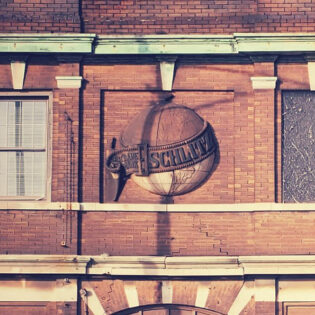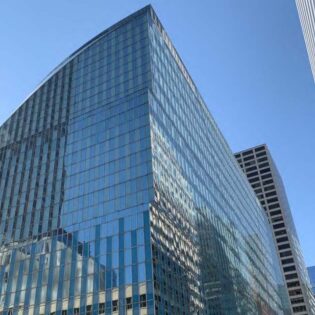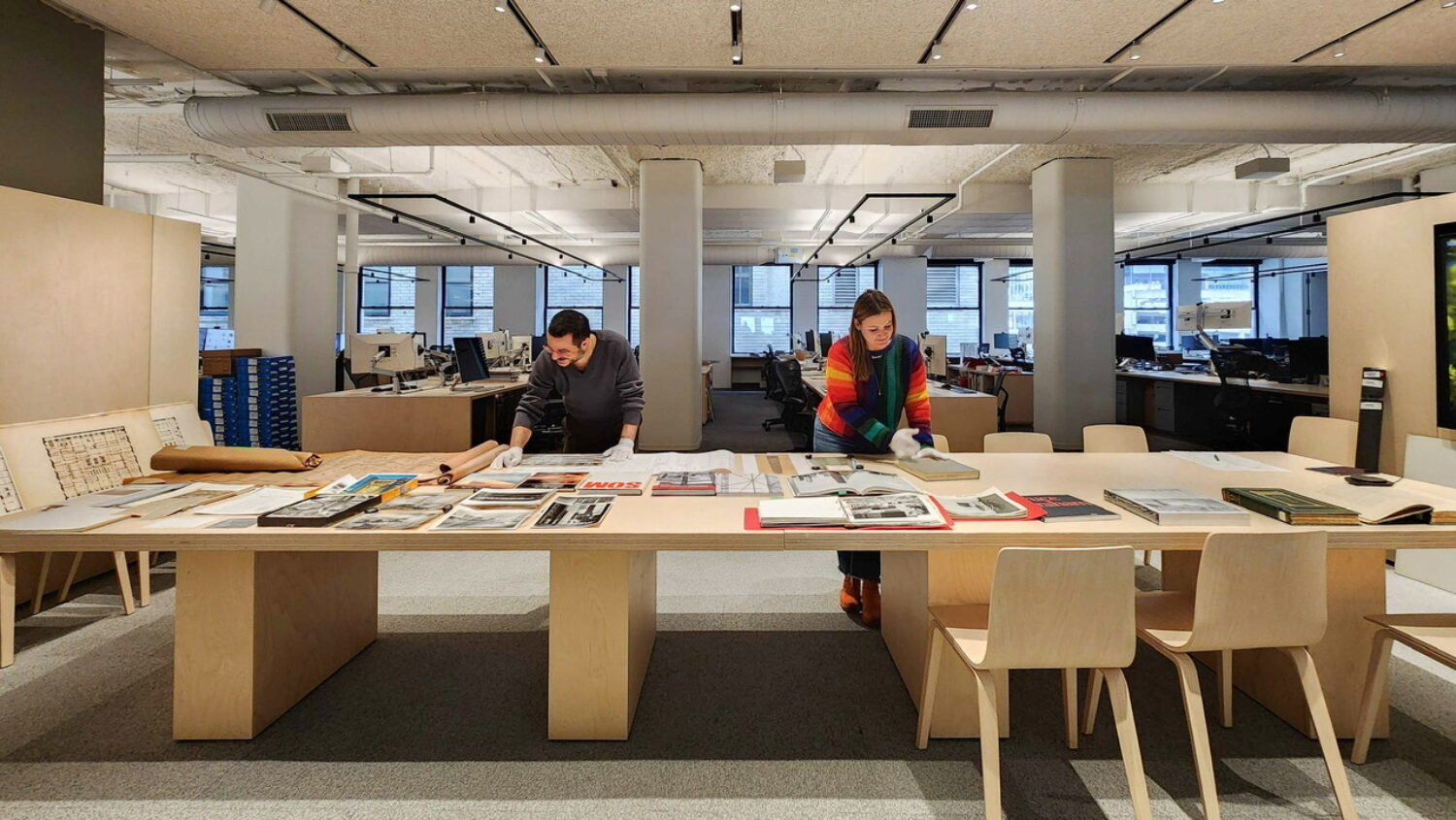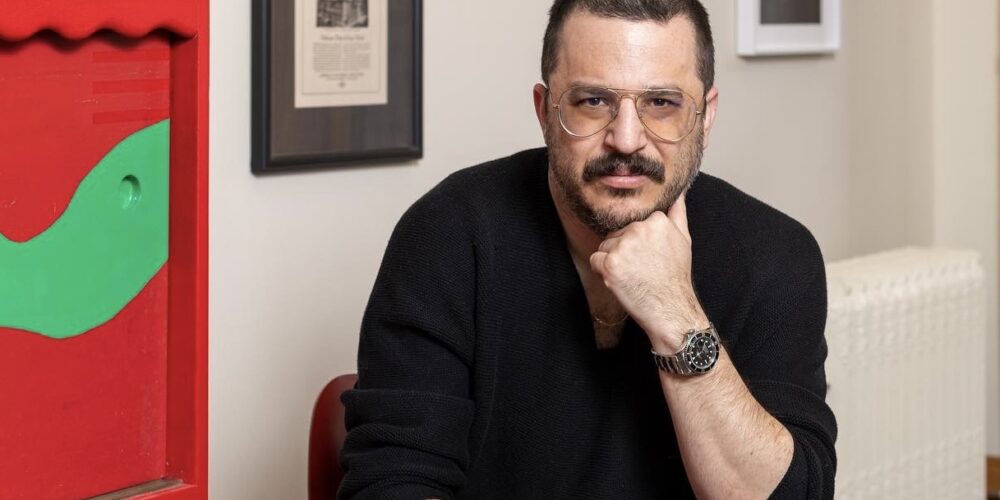Preservation Futures is a Chicago-based firm guiding future landmarks through research, action, and design.
Our work includes cultural asset management for public and private institutions; interpretation of historic places and spaces; and preservation as a tool to support stewardship in the built environment. We prepare local landmark and national register nominations and navigate tax incentives; produce research that informs public processes and policy decisions; and plan programming and design creative interventions that develop audiences and engage communities.



Services

Cultural Asset Management
People make a preservation project successful. We are experienced in working with diverse teams to advise organizations that oversee cultural or historic assets. We conduct research and analyze data, develop resources, and manage projects for local and national governments, museums, and other cultural institutions.
Local and National Landmarking
Different jurisdictions offer different levels of visibility, protection, and incentives for historic buildings and spaces. Landmarking also elevates a building’s cultural status, and adds its story to historical records. We research, write, manage nominations for local and national landmark programs.
Design Consulting
Properties listed on the National Register of Historic Places must follow the Secretary of the Interior’s Standards for Rehabilitation in order to receive tax incentives. Our understanding of these standards makes us valuable partners on design projects eligible for rehabilitation tax credits.
Arts and Cultural Programming
Interpretation of historical sites through arts and cultural programming helps stories reach the right audiences. We plan and implement place-based learning strategies, and curate arts and culture events that are tailor fit to the audiences that matter most.
Regulatory Compliance
Federal, state and local agencies require that projects are in compliance with applicable historic preservation laws and ordinances, including Section 106 of the National Historic Preservation Act (NHPA). We are experienced in assisting public and private sector clients comply with these regulations in a variety of settings. We exceed the Secretary of the Interior (SOI) Professional Qualification Standards as published in the Code of Federal Regulations, 36 CFR Part 61 for Architectural History and Historic Architecture.
Historic Surveys and Context Statements
Architectural surveys provide a framework for understanding where the process of historic preservation might begin. Context statements provide a comprehensive history of a place that can serve as a basis for expanded interpretation. We perform research in historic archives and in the field to help you understand how the past and the present can help guide your future.
Historic Tax Credits and Incentives
The Federal Government and 35 states offer tax incentives to care for historic buildings. The most common of these is the 20% federal tax credit administered by the National Park Service and the Internal Revenue Service. Local governments also offer incentives, often in tandem with local landmarking. We help clients understand historic tax credits and incentives that make preservation integral to development projects.
Partners
Elizabeth Blasius

Elizabeth Blasius is an architectural historian and writer, and partner in the firm Preservation Futures. She has worked extensively in the public and private sector, consulting clients in following the National Environmental Policy Act (NEPA) and Section 106 of the National Historic Preservation Act (NHPA). Her specialization within this work is how preservation policies come into play in the recovery and mitigation of the historic built environment following an event of climate violence, or other act of destruction. Blasius writes a monthly column for MAS Context, a non-profit architecture and design platform. Blasius has previously served as the Midwest Editor of The Architect’s Newspaper and has been published in Bloomberg CityLab, Curbed, The Chicago Tribune, and Block Club Chicago.

Elizabeth Blasius is an architectural historian and writer, and partner in the firm Preservation Futures. She has worked extensively in the public and private sector, consulting clients in following the National Environmental Policy Act (NEPA) and Section 106 of the National Historic Preservation Act (NHPA). Her specialization within this work is how preservation policies come into play in the recovery and mitigation of the historic built environment following an event of climate violence, or other act of destruction. Blasius writes a monthly column for MAS Context, a non-profit architecture and design platform. Blasius has previously served as the Midwest Editor of The Architect’s Newspaper and has been published in Bloomberg CityLab, Curbed, The Chicago Tribune, and Block Club Chicago.
Jonathan Solomon

Jonathan Solomon, FAIA, is Professor of Architecture at the Art Institute of Chicago and partner in the firm Preservation Futures. His work includes award-winning adaptive reuse design, preservation consultation, and scholarship. Solomon has extensive international experience in arts leadership. He has directed schools, taught, and developed programming with institutions worldwide, including serving as founding editor of 306090 Books, curator of the US Pavilion at the Venice Architecture Biennale, and director of the independent Chicago gallery Space p11. Solomon is a registered architect in the State of Illinois and a Member of the College of Fellows of the American Institute of Architects.

Jonathan Solomon, FAIA, is Professor of Architecture at the Art Institute of Chicago and partner in the firm Preservation Futures. His work includes award-winning adaptive reuse design, preservation consultation, and scholarship. Solomon has extensive international experience in arts leadership. He has directed schools, taught, and developed programming with institutions worldwide, including serving as founding editor of 306090 Books, curator of the US Pavilion at the Venice Architecture Biennale, and director of the independent Chicago gallery Space p11. Solomon is a registered architect in the State of Illinois and a Member of the College of Fellows of the American Institute of Architects.
Principles
Preservation is more than just one story
History is made of multiple, overlapping, and sometimes even contradictory stories. We believe that preservation can and should tell multiple stories at once, and we embrace complexity and contradiction in our work.
Preservation is both Legislative and Creative
Sometimes the best way to ensure a story is told is to work through preservation policy. Other times, stories emerge from creative engagement with people and communities. We understand and execute preservation legislation and we develop and encourage preservation as a creative practice.
Preservation is Collaborative and Ongoing
The work of preservation often does not have a clear start or end, it isn’t always visible, and it never has a single author. We consult with diverse teams; develop networks; and engage constituencies to ensure that projects support organizational priorities and the public good.
Preservation is for Everyone
Everyone deserves access to the benefits associated with historic preservation. We work specifically to expand the range and purview of historic preservation for communities that have not traditionally been served by it.
Preservation is about the Future
We believe in the maxim that change is the only constant. Our goal is to connect the past, present, and future through research, action, and design; so that we might all change together into an increasingly better world.